A Case Study of 2 Seemingly Similar Diamonds
Believe it or not, a diamond business (both online and offline) can operate without possessing any physical stones within their inventory. You see, the majority of online vendors (e.g. the largest retailer, Blue Nile) utilize a virtual inventory system which is basically a list that vendors download from their supplier’s database.
Likewise, there are plenty of physical retailers who have access to these virtual diamond listings as well. If you had shopped in a physical store before, you might have come across jewelers who offer to “bring in” a diamond on the condition that you place a non-refundable deposit with them.
Well, this is much worse than blindly shopping online because the physical retailer places all the risks on you. The truth of the matter is, they don’t know any better than you and are simply adding their cost into your diamond purchase by shopping blind on your behalf.
While a virtual listing significantly lowers the operating cost of business, the vendor only has information that is limited to what their supplier shares with them (usually, this is the bare minimum of a grading report).
Obviously, getting information beyond a grading report can quickly turn into a major problem. If these vendors can’t even physically see diamonds listed in the virtual list themselves, how do you expect them to obtain any additional data for you?

A Typical Result Page of Using a Search Tool – Should You Shop Purely Based on Numbers?
Comparing 2 Diamonds From James Allen in Greater Details
Tip: Narrow down your selection by filtering the round cut diamonds for ideal cut proportions, eyecleanliness and grading reports. Then, make your request known to live support and get them to call in the diamonds for a review.
The entire process usually takes around 2-3 working days. What I like about their service is that the ideal scope images also comes with a synopsis report from a professional gemologist. This will help you better understand the optical performance of your shortlisted diamonds.
For a comparison’s sake, I chose 2 similar looking stones graded by GIA as Excellent cuts. We are going to put them to the litmus test and you’ll soon see why one of the diamond is clearly the better choice.
Round 1.01 Excellent – F – VVS1 (On Left) vs. Round 1.02 Excellent – F – VVS2 (On Right)
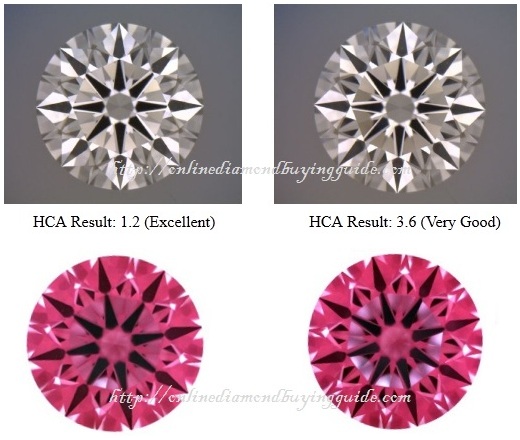
Compare them to the reference chart for IdealScope on the previous page.
Synopsis Report From the In-House Gemologist’s Inspections
“The diamond on the left exhibits excellent fire and brilliance. It’s very bright, has a beautiful white color, and faces perfectly eye clean. This stone out-performs the other choice and will be your best option.
While the diamond on the right (1.01 carat F VVS2) is still a decent rock, I would not recommend it if I’m given a choice between these 2 options. This is because its light performance is lacking a little (evident by pale ring under the table facet which indicates light loss) and doesn’t face up nearly as bright as the one on the left.”
With the IdealScope data on hand, I’m sure you would also come to the same conclusion after viewing the “evidence” presented above. The diamond on the left is by far a better choice than the one on the right. There’s no guesswork involved and it is a pretty straightforward concept to grasp.
So, What’s the Point I’m Trying to Make?
Listing that shows HD video, grading report, hearts & arrows and idealscope images.
As you can see, making a purchasing decision solely based on a grading report is a huge pitfall. Without concrete data, you might have ended up getting a diamond that looks good on paper but terrible in real-life. Unfortunately, this is the scenario where the majority of shoppers land themselves into.
On paper, two very similar looking diamonds that are graded as having an excellent cut by GIA can have vastly different optical performances. Without additional videos, images and light performance data, you would practically be shopping in the dark.
So far, we have talked about the process of selecting round diamonds. What if you’re in the market for a fancy cut diamond? How should you go about evaluating the optics for a fancy shape? We are going to cover that topic on the next page…
Related Articles
Leave A Comment

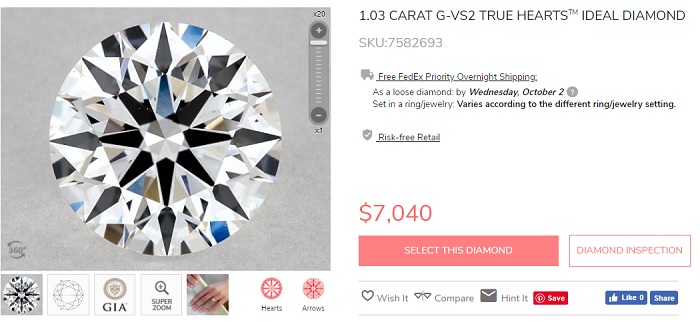
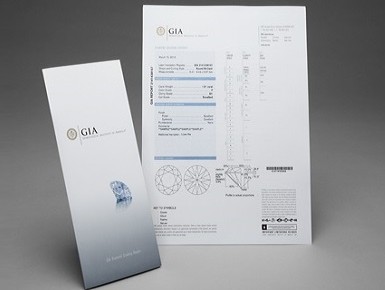
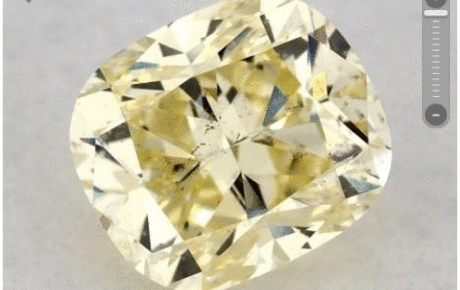
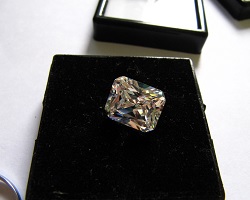
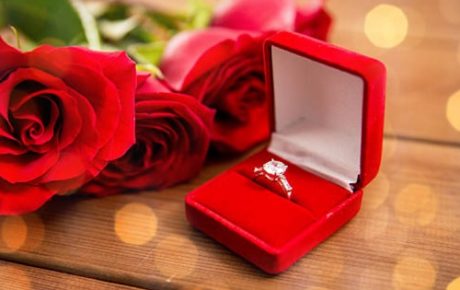









4 Comments
I just chatted with JA and they said they do not provide ideal scope images. It seems like most online retailers don’t unfortunately.
They do so for their True Hearts diamond collections and for their round diamond listings that they have access to in NYC or if their supplying partners have the machines in house. If you are talking about fancy shape diamonds, then JA doesn’t offer them as they only do ASETs for these stones.
If you don’t want to shop at JA, there are other vendors that do offer these images too. These are White Flash and Brian Gavin.
I found this very helpful! i wish you would have made the distinction between which are lab brown and which are natural though. realized that for the JA diamonds with ideal scope, its only true hearts which are lab grown. Now i see why they’re cheaper than the whiteflash!
White Flash doesn’t sell lab created diamonds and only hold natural stones. James Allen offers BOTH natural and lab created diamonds. Their True Hearts range are curated for better cut quality and light return. And because of that distinction, they also offer Idealscope images for their True Hearts range.